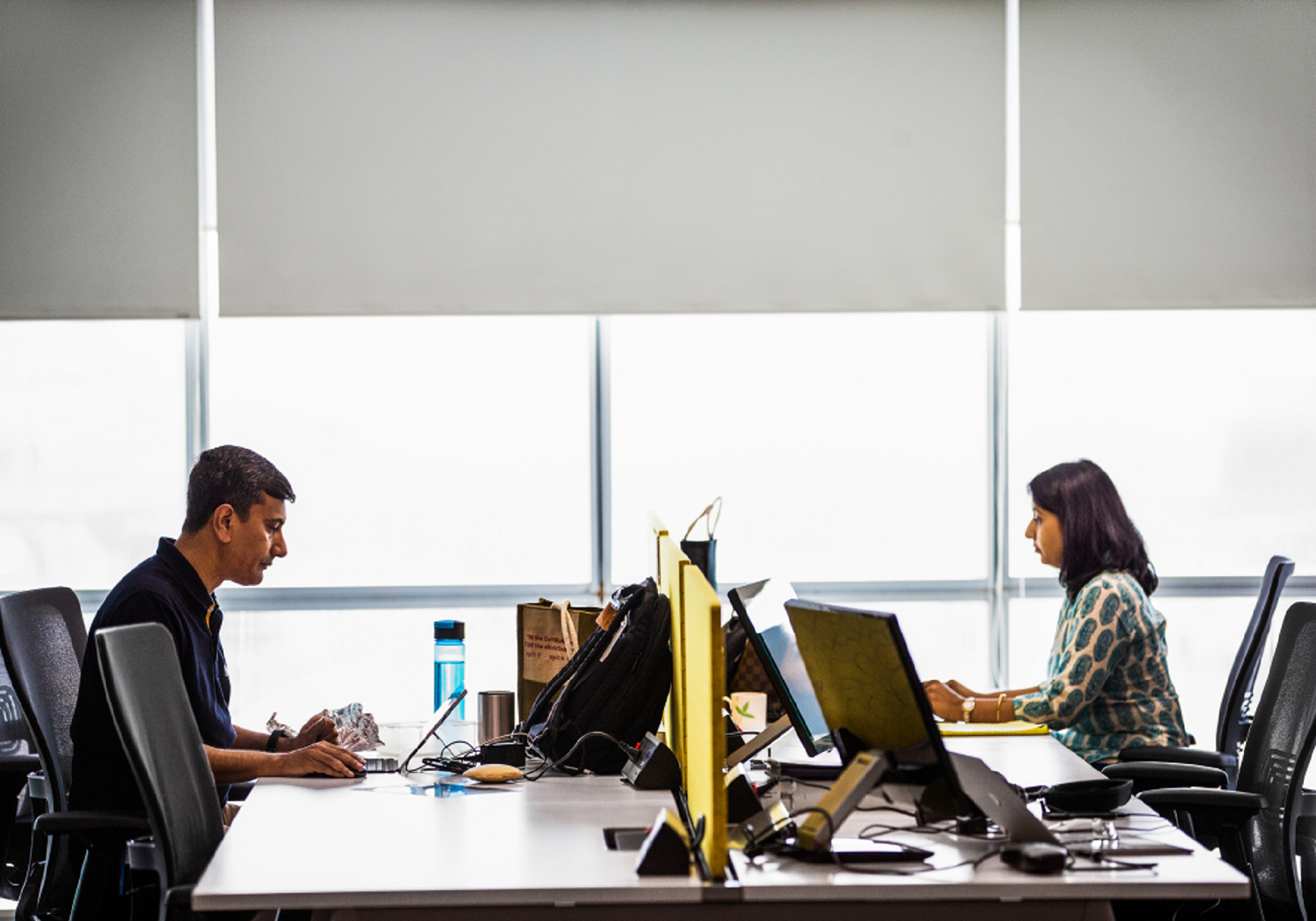Hybrid Workforce: The New Norm?
COVID-19 has forced us to change our way of life, and some of these transformations might just be permanent (and for the better)

During the Movement Control Order (MCO), companies and organisations have taken up the new norm of remote working. Employees are now free to work from home with the help of technology to keep them in the loop with their tasks and remain connected with colleagues.
Now that we have moved onto the Recovery Movement Control Order (RMCO) phase, some companies have put their employees on a roster so they can rotate between working from home and in the office. This has consequently paved the way for future hybrid workforce trends in Malaysia.
 Michal Golebiewski, Chief Marketing & Operations Officer, Microsoft Malaysia
Michal Golebiewski, Chief Marketing & Operations Officer, Microsoft Malaysia
Michal Golebiewski explains that organisational cultures in Asia-Pacific are transitioning from working in conference rooms to their very own living rooms. He also added that Microsoft Teams has found that productivity has increased, and demand for tools to accommodate remote working will speed up Malaysia’s digital transformation agenda.
Some complications in adjusting to this new transformation
1. Diminishing line between work and personal life
Working from the comforts of one’s home may slowly shift from “working at home” to “living at work.” Some employees even find themselves working during the weekends, jeopardizing their work-life balance and leading to burnout.
 Image via Freepik
Image via Freepik
2. Worries over career progression
Monitoring employees’ performance also becomes difficult, as face-to-face discussions and interactions are being taken away. “Out of sight, out of mind” becomes a concern for employees who are hoping to get promoted.
3. Home distractions
 Image via Lockton
Image via Lockton
It also raises an issue when home distractions interfere with employees’ ability to get tasks done efficiently. Parents will feel torn between focusing on the task at hand and tending to their young children. Pets and neighbourhood noises also make for a less than ideal working environment. Organisations need to allocate a budget to each of their employees in order for them to set up a comfortable home office.
4. Becoming technologically dependent
Working from home has made employees dependent on technology. However, some employees, especially seniors, may find it difficult to adjust and utilise the full potential of certain softwares and applications. Time of productivity is being taken away in order for them to acclimate to these new technologies and gadgets.
5. Lack of office social environment
The same social environment at work cannot be recreated when employees are working separately at home. It is difficult to maintain bonds and relationships between colleagues, and even more difficult to encourage the creative flow of ideas that is usually obtained during round table brainstorming sessions.
Organisations are clinging to technology in order to enable remote working environments.
 Dr Esther Loo (left), Head of Organization Design & Effectiveness, Malaysia Aviation Group and Dato’ Hamidah Naziadin, Group Chief People Officer, CIMB Bank discussing future work trends from Microsoft whitepaper.
Dr Esther Loo (left), Head of Organization Design & Effectiveness, Malaysia Aviation Group and Dato’ Hamidah Naziadin, Group Chief People Officer, CIMB Bank discussing future work trends from Microsoft whitepaper.
Dato’ Hamidah Naziadin, Group Chief People Officer of CIMB Bank suggested we cannot focus on technology alone, as reskilling is also an important part towards improving digital transformation. To assist this matter, Microsoft has launched an initiative to help more than 25 million people across the globe with their digital skills.
 Woman working remotely on a laptop
Woman working remotely on a laptop
Adapting to new situations can be difficult, thus companies must be aware of how employers are being impacted emotionally. In regards to this, Malaysia Aviation Group has launched a mental health program to help employees who are having trouble with the transition and assist them with the pressures they might be facing.
The Future Begins Now
Despite presenting new complications, hybrid working can also put to rest some current issues. Splitting time between being at home and at the office can be beneficial for companies who are looking to cut real estate costs, as a smaller office can still hold the same amount of employees as they rotate between remote working and being present. It also helps employees gain flexibility, as well as cutting cost and time spent on commutes. More autonomy to navigate around their own schedules gives them more opportunities to exercise and get adequate rest, reducing the amount of sick leaves.
Despite the setbacks, with help and awareness from organisations regarding the welfare of their employees, hybrid working is the ideal future of working. Everyone gets the best of both worlds: structure in the office, and flexibility at home -- and the ability to switch between the two at their own convenience.


